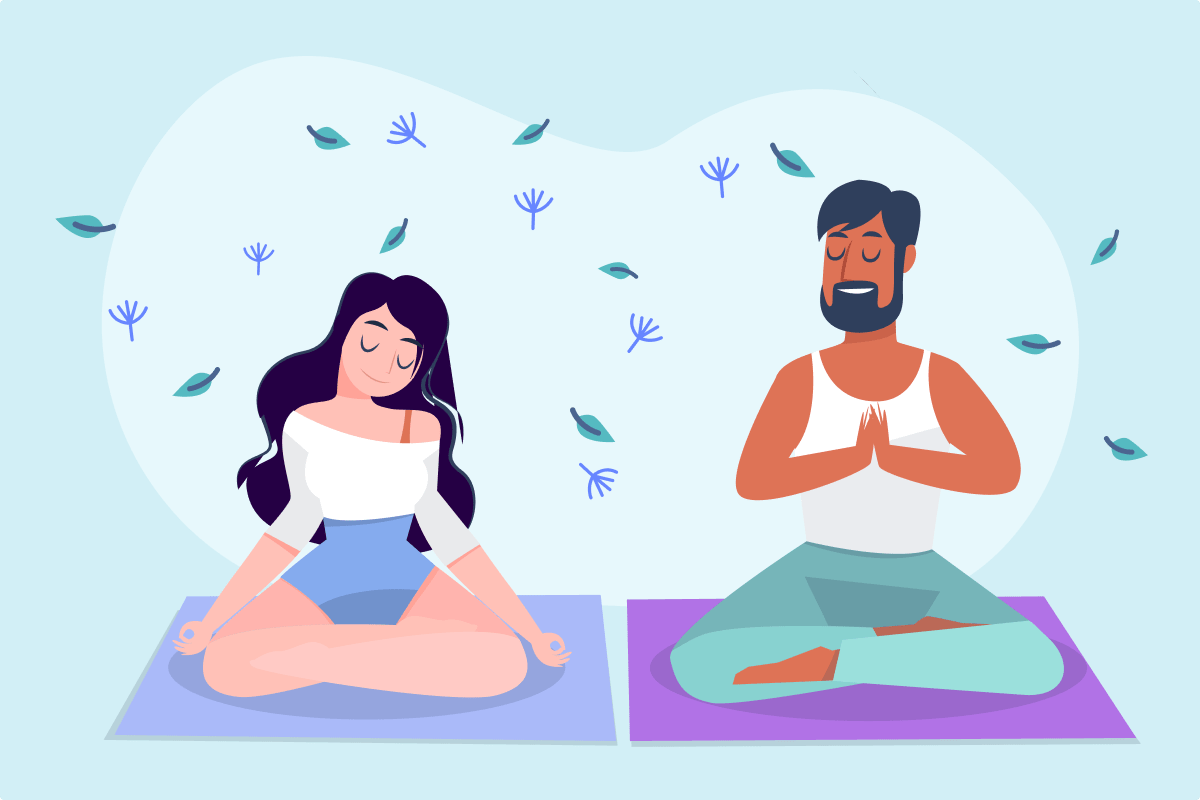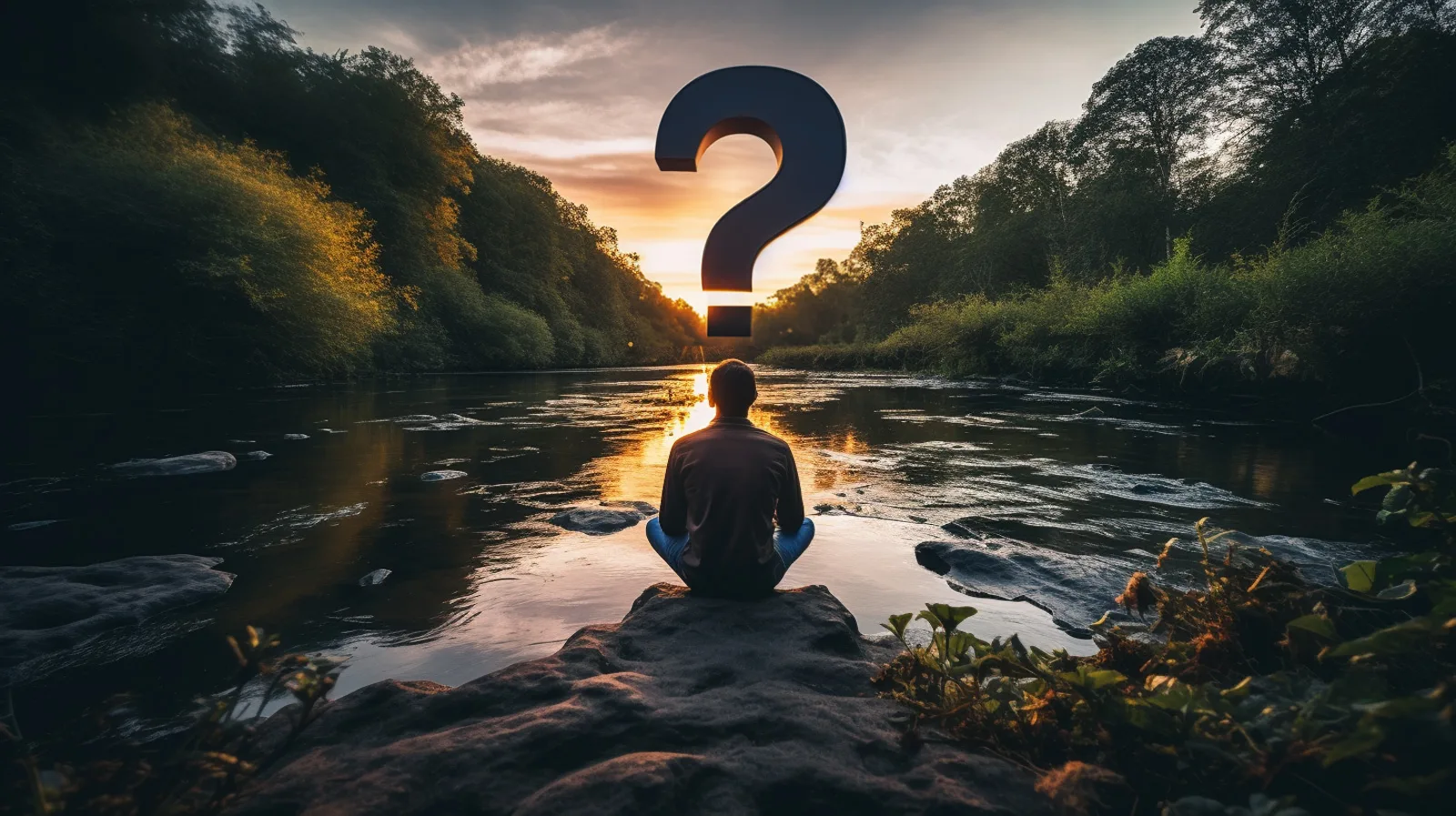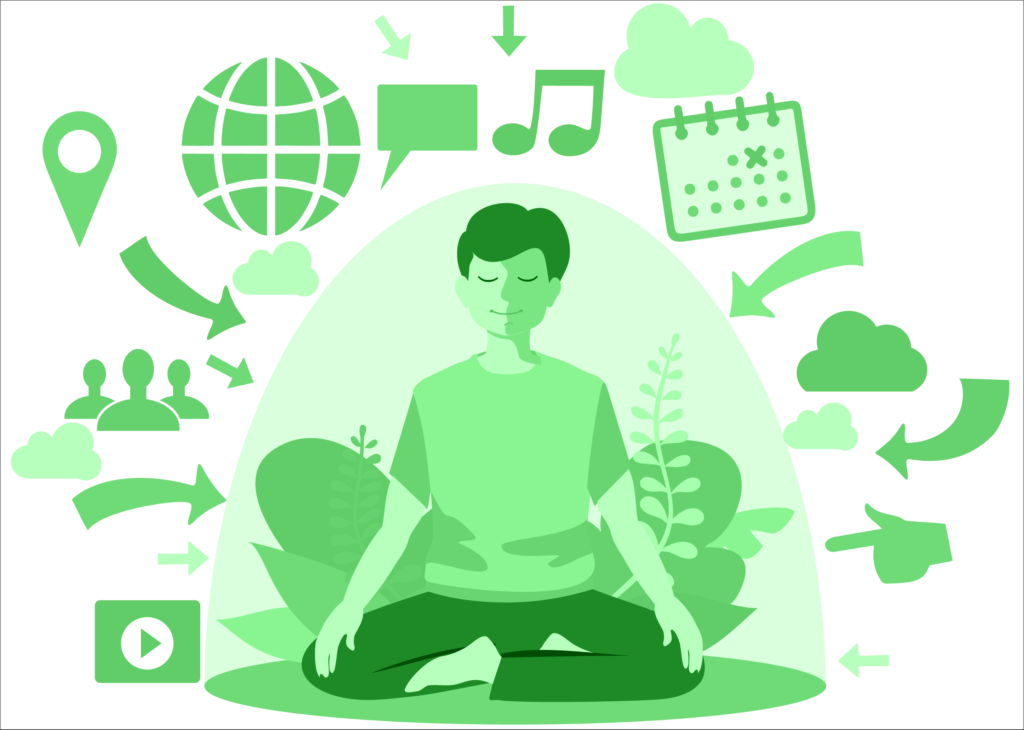Unlock Inner Tranquility: A Comprehensive Guide on How to Meditate?
Unlock Inner Tranquility: A Comprehensive Guide on How to Meditate?
Blog Article
Exactly How to Meditate: A Step-by-Step Approach to Getting Mindfulness and Calm
Reflection acts as a powerful tool for accomplishing mindfulness and emotional tranquility in a fast-paced world. By understanding the essential principles and strategies associated with reflection, individuals can grow a technique that boosts their total health. This conversation will detail important actions, from producing a conducive setting to incorporating meditation into everyday routines. As we explore these elements, it comes to be clear that the journey to mindfulness is not simply regarding the act of being in silence, but rather about promoting a deeper link with oneself and the world around us. What might this change involve?
Understanding Meditation
Understanding meditation entails grasping its fundamental concepts and methods, which work as the structure for the method. At its core, reflection is a psychological exercise targeted at promoting relaxation, developing interior power, and developing compassion and understanding. The method encourages people to concentrate their focus, often through strategies such as deep breathing, visualization, or rule rep.
Reflection can be categorized right into various styles, consisting of mindfulness, transcendental, and loving-kindness reflection, each with distinctive objectives and approaches. Mindfulness reflection stresses present-moment awareness and non-judgmental observation of thoughts and sensations, while transcendental reflection includes the use of certain mantras to transcend ordinary mind. Loving-kindness reflection concentrates on creating an attitude of love and empathy towards oneself and others.
Regardless of the technique utilized, the key goal remains consistent: to cultivate a deeper understanding of the mind and its patterns. This self-awareness fosters emotional durability, clearness of idea, and a profound feeling of calm (How to meditate?). By recognizing these techniques and principles, individuals prepared for a successful reflection practice that can considerably improve their total health
Getting Ready For Your Technique
Prior to beginning your reflection practice, it is vital to produce an atmosphere helpful to concentrate and relaxation. Make sure that the location is totally free and clean of mess, as a neat atmosphere can aid remove the mind.
Think about the lighting, as natural light can improve your mood and energy. Soft, warm lights is often extra relaxing than rough fluorescent lights. Furthermore, pick a comfortable temperature level, making sure that you are neither too hot neither also cold.
Including components that advertise harmony can even more boost your experience. This may include soft paddings or blankets for convenience, as well as calming fragrances from essential oils or incense. It can additionally be useful to have a timer set for your reflection session to stop interruptions from clock-watching.
Standard Meditation Strategies

Another effective method is body scan reflection. This involves emotionally scanning your body from head to toe, seeing any kind of areas of stress or pain and consciously relaxing those muscular tissues. This technique cultivates a deeper link in between your body and mind.

Lastly, loving-kindness reflection concentrates on cultivating compassion towards yourself and others. Silently repeat expressions of goodwill, boosting psychological health and interconnectedness. Each of these strategies functions as a structure for your reflection journey, enabling you to find the method our website that reverberates finest with your personal method.
Maintaining Emphasis and Mindfulness

Developing a devoted reflection space can improve the capacity to keep mindfulness. A peaceful, uncluttered atmosphere lessens disturbances, enabling for deeper immersion in the method. Furthermore, setting a time limitation can aid take care of assumptions; beginning with much shorter sessions might alleviate the shift into longer techniques.
Making use of techniques such as body scanning or observing experiences can likewise boost mindfulness. These techniques encourage practitioners to stay existing and engaged with their physicality, anchoring their focus in the minute. Regular technique is necessary; the brain constructs resilience in time, producing a stronger capacity for emphasis.
Incorporating Meditation Into Every Day Life
Integrating meditation right into day-to-day live can transform routine activities into possibilities for mindfulness and self-reflection. By integrating mindfulness techniques right into usual jobs, individuals can grow a higher sense of presence and harmony in the middle of the numerous hours of everyday life.
Begin by recognizing minutes throughout your day where you can exercise and pause mindfulness. Also ordinary activities like strolling or washing dishes can come to be chances for reflection by guiding your attention to the feelings of movement and the audios surrounding you.
Furthermore, establishing apart specialized times for reflection can reinforce its practice. Begin with brief sessions, gradually enhancing duration as you come to be much more comfy. Usage suggestions or cues-- like a certain time of day or a calming noise-- to establish uniformity.
Inevitably, the goal is to weave mindfulness right into the fabric of every day life, permitting you to approach each minute view it now with intent, thus enhancing your overall sense of wellness and clearness.
Conclusion
In conclusion, efficient reflection requires a quiet environment, a comfortable position, and a focus on the breath. Regular reflection, even in quick sessions, promotes a deeper connection to the present moment, ultimately leading to better calm and psychological quality in day-to-day life.
Reflection can be classified right into various designs, consisting of mindfulness, transcendental, and loving-kindness meditation, each with unique purposes and methods. Mindfulness reflection emphasizes present-moment understanding and non-judgmental observation of thoughts and sensations, while copyright includes the usage of details rules to go beyond average thought procedures.With your reflection area prepared, it's time to discover various standard reflection techniques that can help cultivate mindfulness and inner peace.Constantly keeping emphasis and mindfulness during meditation can be tough, specifically for those brand-new to the method.Developing a committed reflection space can boost the ability to preserve mindfulness.
Report this page